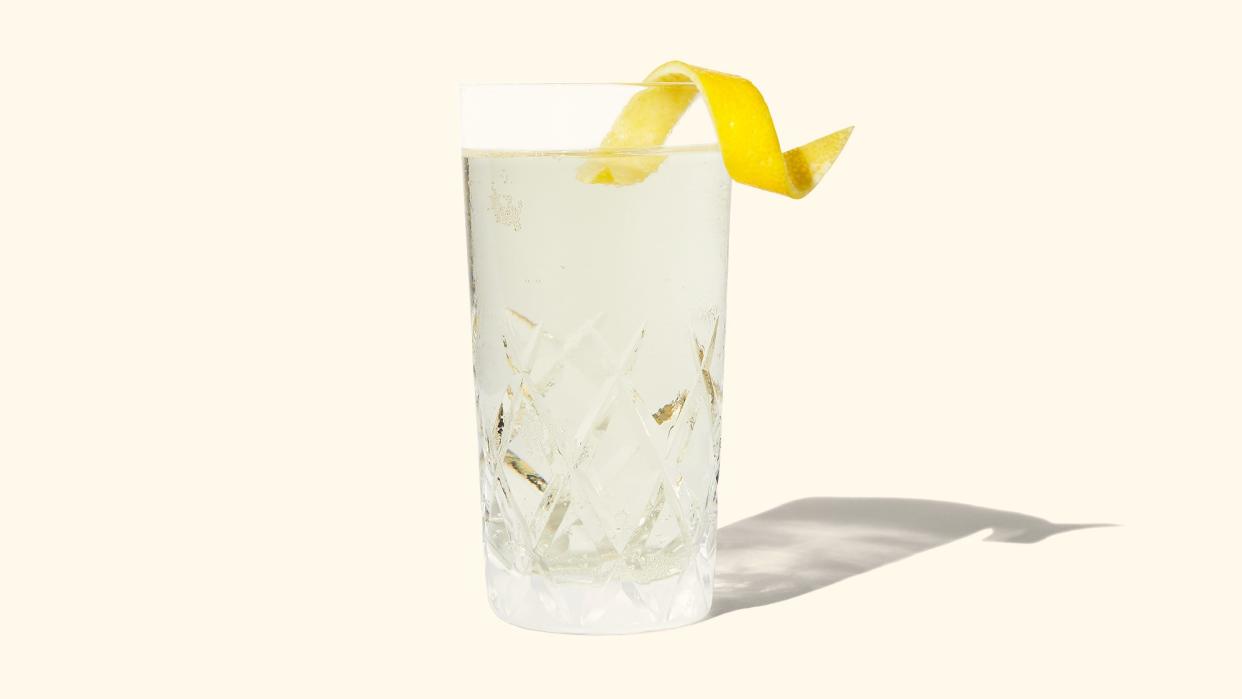The 5 Elements of a Flawless Highball

In Japan, the proper execution of the highball amounts to a religion. It’s a simple cocktail that’s literally just booze and mixer, but it has a cult following among serious bartenders throughout the country. “It’s an exercise in simplicity,” says Bobby Heugel, the bartender behind Tongue-Cut Sparrow in Houston. For his own house highball, he studied the best versions in Japan, like the ice-less version at Bar Track in Tokyo, and worked on his recipe for over a year. “How cold is the whisky? Does the sparkling water have the right texture from the carbonation and subtlety so it doesn’t cover up the particular delicacies of Japanese whisky? How cold is the glass? Lemon twist or not?” he rattles off all the questions he considered during R&D. “I love Japanese highballs because of how simple they are, and that simplicity is a real test for bars that claim to make exquisite cocktails.” Here, Heugel breaks down every little detail that goes into Tongue-Cut Sparrow’s near-perfect version.
The Glass
The HS (hard strong) glass is made by famed Japanese glassware brand Toyo-Sasaki and was selected by Heugel for its delicate yet sturdy build.
The Water
Heugel uses Mountain Valley Spring Water because he believes it most closely mirrors the softer, less minerally flavor of Japanese sparkling waters.
The Whiskey
It’s got one and a half ounces of Suntory’s bargain brand Toki, which has become the industry standard for highballs. (Other Suntory whiskies are too expensive and rare.) It’s kept in the freezer until needed.
The Ice
Most highballs take ice. Heugel opts for none; he likes the attractive simplicity in this presentation. But the drink is still plenty cold thanks to the chilled whisky.
The Twist
A lemon twist is optional, but Heugel likes to garnish with one in the summer because it brightens the drink in the Texas heat.
Originally Appeared on Bon Appétit

